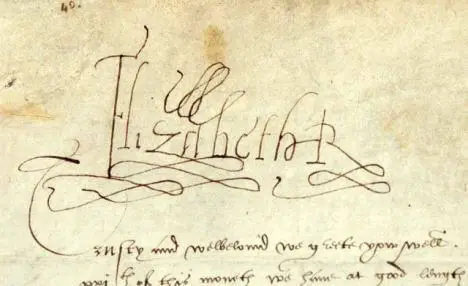An overly elaborate or effusive piece of writing. Also, a period of notable success or good luck.
Purple patch
What's the meaning of the phrase 'Purple patch'?
What's the origin of the phrase 'Purple patch'?
‘Purple patches’, which are also sometimes called ‘purple passages’ or ‘purple prose’, were originally a figurative reference to florid literary passages, added to a text for dramatic effect. They were the literary equivalent of adding a patch of purple material to an otherwise undecorated garment. Purple was chosen because, as well as being a distinctive colour, it was the colour reserved for emperors and other distinguished statesmen in imperial Rome. Most of the early references to ‘purple patches’ contain clear evidence of classical origins, many of them including Latin text.
The first person I can identify as having used ‘purple patch’ in print in English was no less an author than Elizabeth I. In 1598, Queen Elizabeth translated Horace’s Latin text De Arte Poetica and this was published in 1899 as part of Queen Elizabeth’s Englishings:
Oft to beginnings graue and shewes of great is sowed A purple pace, one or more for vewe.
[Note: ‘Purple pace’ was the translation of the original ‘purpureus pannus’. ‘Pace’ meant ‘passage’.]
Many works of art and scholarship that are listed as the creation of various English monarchs weren’t actually their own work, the attributions being merely a form of flattery. However, Elizabeth benefited from the Tudor notion that aristocratic women were suitable recipients of formal education and her mother, Anne Boleyn, made sure that “she wolde endewe her with the knowlege of all tounges, as Hebrue, Greeke, Latyne, Italian, Spanishe, Frenche” [and, judging by Elizabeth’s signature, caligraphy]. The queen became a noted Latin scholar and we can be assured that the translation (and wouldn’t it be nice if we still used the Tudor word ‘Englishing’ for translations into English?) was by her own hand.
The term ‘purple patch’ wasn’t much used again until the 18th century, at which time literary critics valued evenness of pace and style in literary works. Unevenly written texts were singled out for censure and ‘purple patch’ was the ideal label for a passage that stood out as overly florid. This idea was expressed forcibly in the 1704 book of literary criticism The True Tom Double:
All a Man writes should be proportion’d Even and of a piece; and one Part of the Work should not so far out-shine, as to Obscure and Darken the Other. The Purple Patches he claps upon his Course Style, make it seem much Courser than it is.
It wasn’t until the 20th century that ‘purple patches’ were used in relation to anything other than writing. The term then came to mean ‘a period of good fortune or creativity’. An early example is cited in the newspaper The Westminster Budget, October 1900:
True, it is hardly to be counted a purple patch of history, but a man must surely blame himself if he does not find something epic in the struggle. [of the common people]
Purple patches took a turn back from the figurative to the literal in the 1960s when hippies took to wearing purple velvet and patching jeans with it. ‘Hendrix purple’ is now a recognised shade of dye in the fashion industry.
The history of “Purple patch” in printed materials
Trend of purple patch in printed material over time
Related phrases and meanings
Browse more Phrases
About the Author

Phrases & Meanings
A-Z
A B C D E F G H I J K L M N O P Q R S T UV W XYZ
Categories
American Animals Australian Bible Body Colour Conflict Death Devil Dogs Emotions Euphemism Family Fashion Food French Horses ‘Jack’ Luck Money Military Music Names Nature Nautical Numbers Politics Religion Shakespeare Stupidity Entertainment Weather Women Work
How did we do?
Have you spotted something that needs updated on this page? We review all feedback we receive to ensure that we provide the most accurate and up to date information on phrases.
